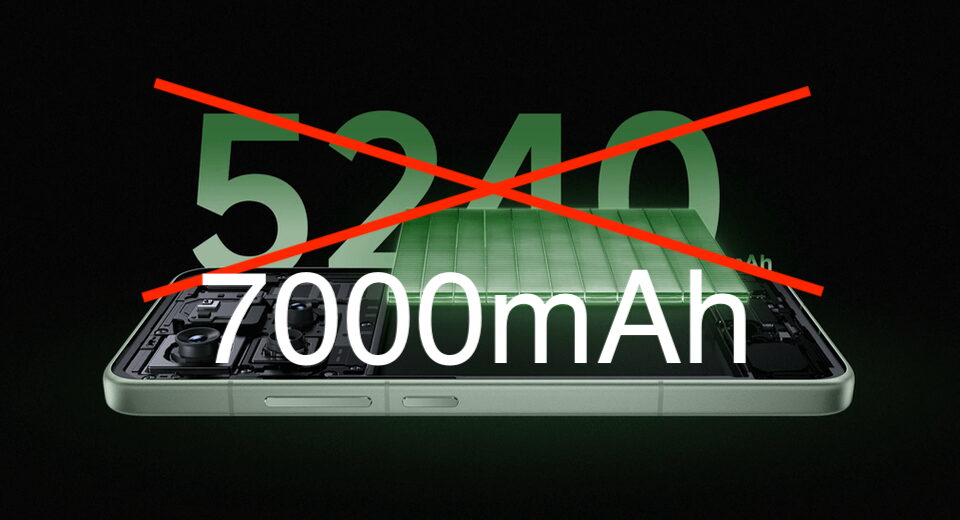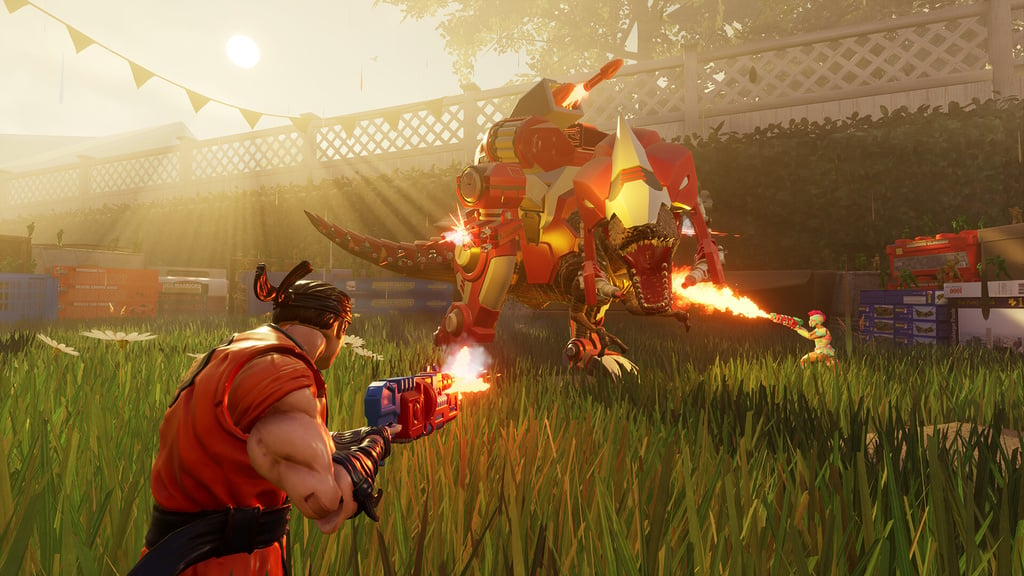How Much Energy Does It Take To Think?

Researchers don’t know precisely how that load is allocated, but over the past few decades, they have clarified what the brain is doing in the background. “Around the mid-’90s we started to realize as a discipline [that] actually there is a whole heap of stuff happening when someone is lying there at rest and they’re not explicitly engaged in a task,” she said. “We used to think about ongoing resting activity that is not related to the task at hand as noise, but now we know that there is a lot of signal in that noise.”
Much of that signal is from the default mode network, which operates while we’re resting or otherwise not engaged in apparent activity. This network is involved in the mental experience of drifting between past, present and future scenarios — what you might make for dinner, a memory from last week, some pain in your hip. Additionally, beneath the iceberg of awareness, our brains are keeping track of the mosaic of physical variables — body temperature, blood glucose level, heart rate, respiration, and so on — that must remain stable, in a state known as homeostasis, to keep us alive. If any of them stray too far, things can get bad pretty quickly.
Theriault speculates that most of the brain’s base metabolic load goes toward prediction. To achieve its homeostatic goals, the brain needs to always be planning for what comes next — building a sophisticated model of the environment and how changes might affect the body’s biological systems. Prediction, rather than reaction, Theriault said, allows the brain to dole out resources to the body efficiently.
The Brain’s Evolutionary Constraints
A 5% increased energy demand during active thought may not sound like much, but in the context of the entire body and the energy-hungry brain, it can add up. And when you consider the strict energetic constraints our ancestors had to deal with, weariness at the end of a taxing day suddenly makes a lot more sense.
“The reason you are fatigued, just like you are fatigued after physical activity, isn’t because you don’t have the calories to pay for it,” said Zahid Padamsey, a neuroscientist at Weill Cornell Medicine-Qatar, who was not involved in the new research. “It is because we have evolved to be very stingy systems. … We evolved in energy-poor environments, so we hate exerting energy.”
The modern world, in which calories are relatively abundant for many people, contrasts starkly with the conditions of scarcity that Homo sapiens evolved in. That 5% increase in burn rate, over 20 days of persistent, active, task-related focus, can amount to a whole day’s worth of cognitive energy. If food is hard to come by, it could mean the difference between life and death.
“This can be substantial over time if you don’t cap the burn rate, so I think it is largely a relic of our evolutionary heritage,” Padamsey said. In fact, the brain has built-in systems to prevent overexertion. “You’re going to activate fatigue mechanisms that prevent further burn rates,” he said.
To better understand these energetic constraints, in 2023 Padamsey summarized research on certain peculiarities of electrical signaling that indicate an evolutionary tendency toward energy efficiency. For one thing, you might imagine that the faster you transmit information, the better. But the brain’s optimal transmission rate is far lower than might be expected.
Theoretically, the top speed for a neuron to feasibly fire and send information to its neighbor is 500 hertz. However, if neurons actually fired at 500 hertz, the system would become completely overwhelmed. The optimal information rate — the fastest rate at which neurons can still distinguish messages from their neighbors — is half that, or 250 hertz.
Our neurons, however, have an average firing rate of 4 hertz, 50 to 60 times less than what is optimal for information transmission. What’s more, many synaptic transmissions fail: Even when an electrical signal is sent to the synapse, priming it to release molecules to the next neuron, it will do so only 20% of the time.
That’s because we didn’t evolve to maximize total information sent. “We have evolved to maximize information transmission per ATP spent,” Padamsey said. “That’s a very different equation.” Sending the maximum amount of information for as little energy as possible (bits per ATP), the optimal neuronal firing rate is under 10 hertz.
Evolutionarily, the large, sophisticated human brain offered an unprecedented level of behavioral complexity — at a great energetic cost. This negotiation, between the flexibility and innovation of a large brain and the energetic constraints of a biological system, defines the dynamics of how our brain transmits information, the mental fatigue we feel after periods of concentration, and the ongoing work our brain does to keep us alive. That it does so much within its limitations is rather astonishing.
What's Your Reaction?
 Like
0
Like
0
 Dislike
0
Dislike
0
 Love
0
Love
0
 Funny
0
Funny
0
 Angry
0
Angry
0
 Sad
0
Sad
0
 Wow
0
Wow
0









































